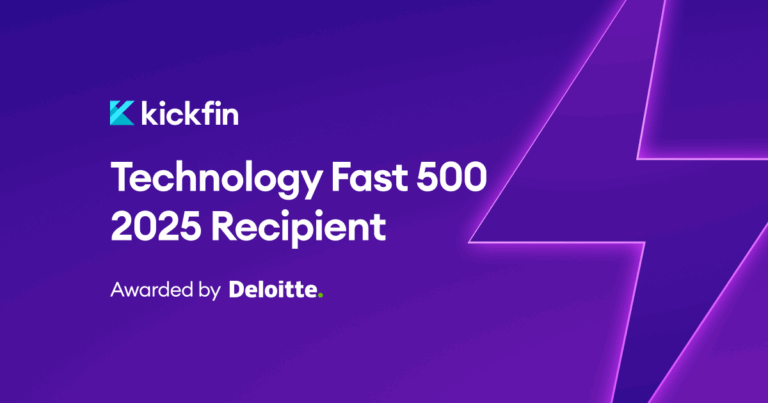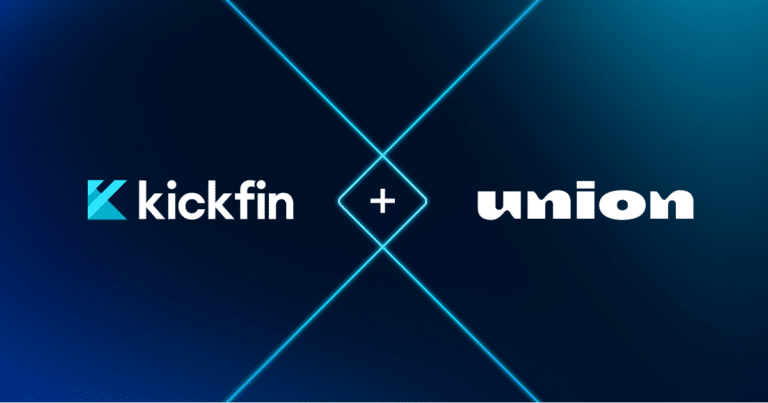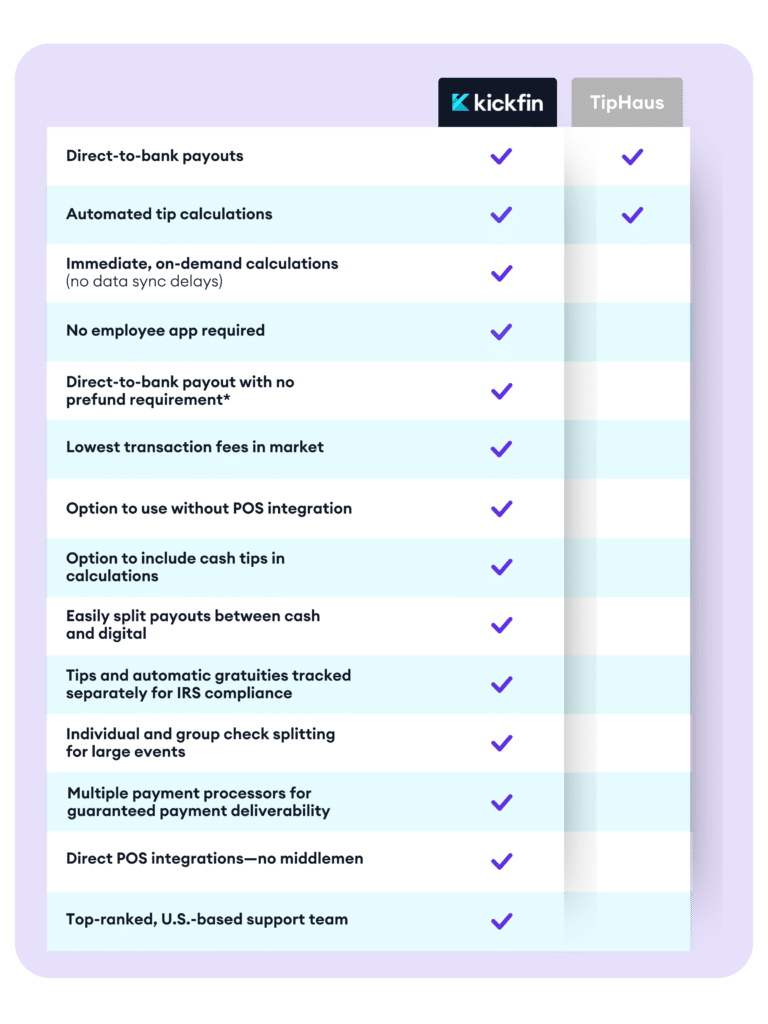Do you want to foster teamwork in your restaurant? Want everyone to feel invested in providing top-notch customer service? Look no further — we’ve got the low-down on tip pooling versus tip sharing.
While guests may only interact with one server, we know there are a lot of people working behind the scenes to create an excellent guest experience. By pooling or sharing tips, you can reward eligible staff for their hard work without increasing labor costs.
People tend to use “tip pooling” and “tip sharing” interchangeably, but there are some major differences that you’ll need to know before implementing any tip-splitting system. Let’s go over the two systems to see which works best for your business model:
Tip pooling
In a tip pool, servers contribute anywhere from 20-100% of their tipped earnings, and managers redistribute tips between all eligible staff. While you may be accustomed to servers working independently to earn their tips, tip pooling creates a less competitive and more collaborative work environment.
Each employee’s payout depends on all guests receiving great service, not just those in their section. Whether you choose to evenly distribute the tips or do a weighted system, tip pooling provides an opportunity for teamwork and increased productivity.
Pooled tips also alleviate section and table disputes between servers. Your veteran servers may feel slighted if they don’t get the “best” section, but new servers want the opportunity to show off their skills. And, of course, mistakes happen, and servers may accidentally take a table in the wrong section. With pooled tips, this situation becomes no big deal. Everyone is equally rewarded for their work — and you won’t have to mediate any disagreements.
There is, of course, a downside. You have much less insight into how your servers are individually performing, and your top-earning servers may feel like they’re losing out under a tip pooling system.
Tip sharing (or tipping out)
Most servers are familiar with “tipping out,” or sharing a percentage of their tips with bartenders, hosts, and other support staff. Generally, servers tip out based on a percentage of their sales as a way to thank their team members for contributing to the guests’ experience. For example, the bartender may earn 5% of alcohol sales, while hosts and bussers earn 5% of food sales.
Allowing servers to keep the majority of their tips incentivizes them to offer their best customer service to their sections. Hosts, bartenders, and other support staff also feel invested in creating positive guest experiences because their extra tip-out depends on it. However, you may see more competition between servers for better sections and shifts.
So, what’s the difference between tip pooling and tip sharing?
Legally speaking, nothing. No matter which system you use, you still need to comply with federal and state laws surrounding tip pooling — or else you may be hit with a hefty fine.
Here are some of the rules you need to follow for both tip pooling and tip sharing:
- Employers, managers, and supervisors cannot keep any tips under any circumstance
- If an employer is paying the full minimum wage (not taking the tip credit), non-tipped employees like cooks and dishwashers may participate in the tip pool
- Pooled tips must be redistributed within the pay period
- If you pool tips, you need to maintain detailed records of tips reported, tips distributed, and payroll records
Make sure you also look up your state’s tip pooling laws to avoid getting into hot water. According to the Civil Money Penalty final rule, you’re liable for fines and other punitive actions, even if you unknowingly violate tip regulations.
How to choose a tipping system
The main difference between tip pooling and tip sharing is your restaurant’s employee culture. If you’re running a counter service cafe where employees take turns running the register and serving up food, pooling tips and dividing them evenly might be your best bet. With servers taking care of their individual sections, they most likely expect to take home the majority of their tipped earnings.
The best way to choose: talk to your employees. Tips account for the majority of their income — so they’ll naturally want to weigh in. If they’re not happy with the tip sharing system, you run the risk of losing your best people.
Whether you pool or share tips, your employees want to be paid sooner rather than later. With Kickfin, you can instantly send tips straight to employees’ bank accounts. Request a demo today.






